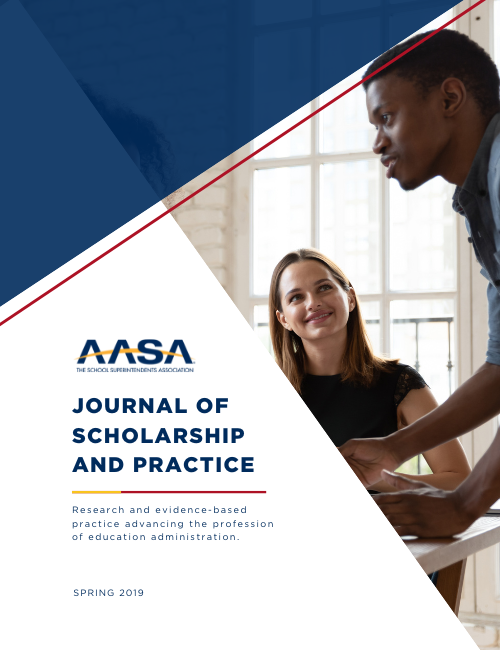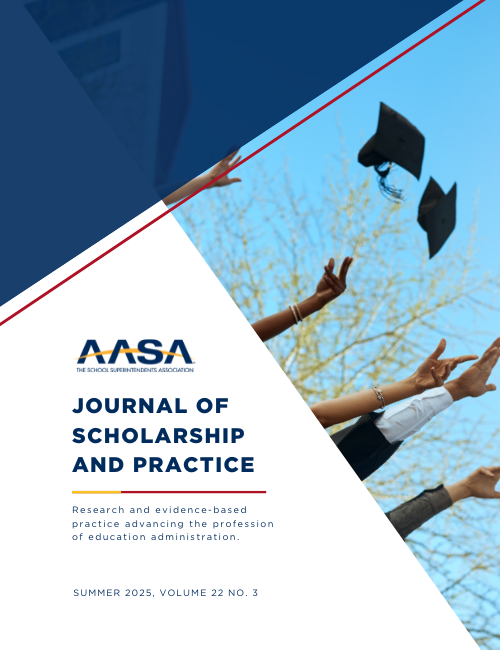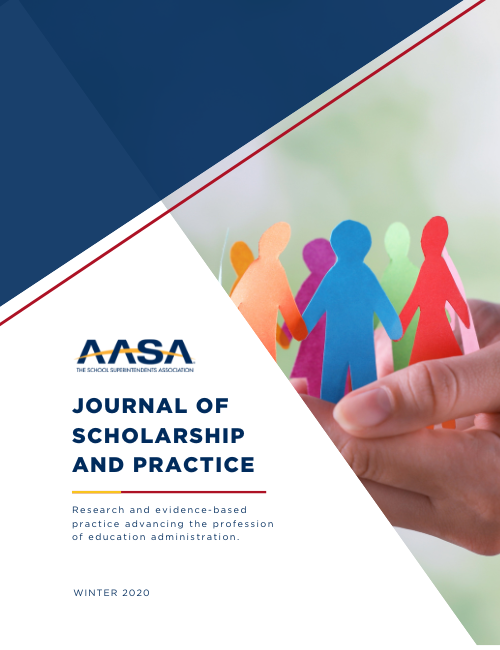2019 Spring Journal of Scholarship and Practice

The first research article is written by David Boren and Pamela Hallam. In 2002, Brigham Young University and five local school districts, representing approximately one-third of all of the students in Utah, have partnered in the BYU Principals Academy designed to meet professional development needs. In a twist on looking at the impact of the academy, participants’ district supervisors were surveyed in a focus group experience to determine the effectiveness of the academy. Findings have provided important direction going forward.
In the second research article, Tiffany Puckett, Christopher Graves, and Lenford Sutton begin with a premise that “Minority students and students with disabilities are disciplined disproportionately from their peers [and that] discipline has led to many negative consequences in the lives of youth in the United States, including a school-to-prison pipeline.” In a thoroughly researched article, the writers examine how states are responding to the school-to-prison pipeline and other negative effects of exclusions and suspensions.
What Works May Hurt: Side Effects in Education is written by Yong Zhao and reviewed by Christopher Tienken. Tienken tells us that Zhao expertly peels the school reform onion to reveal layer after layer of negative side effects, adding What Works May Hurt guides educators down an evidence-based memory lane of education reform’s greatest hits including classics like DISTAR/direct instruction, Asian education, the No Child Left Behind Act, Visible Learning, the Reading First fraud, math wars, charter schools, school vouchers and many others. Zhao warns that many reforms lack evidence. A conclusion is that a panacea does not exist, and educators need to customize solutions at the local level.
Advertisement
Additional Articles
-
Examining a University-Multiple District Sponsored Academy from the Perspective of Principal Supervisors
Findings indicate the need for more intentional partnering between the university and districts
-
Redefining School Discipline: Illinois and Other States’ Responses to Negative Impact
Discipline has led to many negative consequences in the lives of youth in the United States, including the school-to-prison pipeline.
Advertisement
Advertisement



